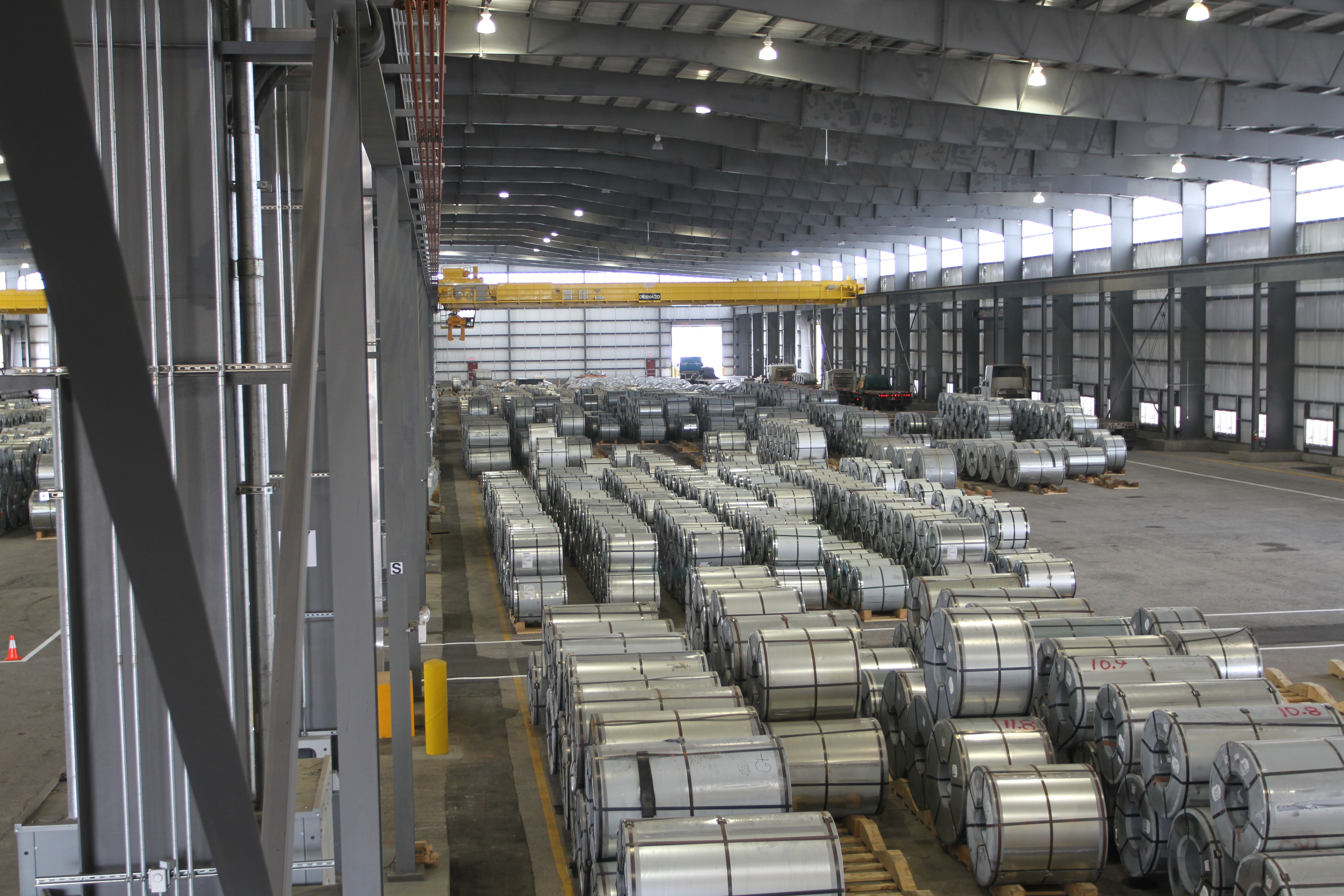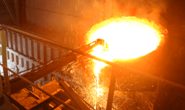Steel Markets

AGC: Construction Still Challenged by Worker Shortage
Written by Sandy Williams
September 20, 2019
A workforce shortage continues to impede gains in construction employment, says the Associated General Contractors of America. Thirty-nine states added construction jobs between August 2018 and August 2019, while construction employment increased in 29 states from July to August, according to AGC’s latest analysis of Labor Department data.
“Even more states probably would have posted gains in construction employment if firms could find enough people to hire,” said Ken Simonson, the association’s chief economist. “They are finding most craft positions hard to fill, even though average pay in construction is higher than the all-industry average in nearly every state.”
The labor shortage is impacting construction costs and schedules, says AGC. Contractors are working to alleviate labor shortages by hiking pay, expanding training programs and becoming more efficient. AGC urges Congress to pass measures to boost career and technical education and provide a lawful way for more immigrants with construction skills to enter the country.
The latest report shows Texas added the most construction jobs over the year (43,900 jobs, 5.9 percent), followed by California (34,300 jobs, 4.0 percent), Florida (20,900 jobs, 3.8 percent), and Arizona (15,400 jobs, 9.7 percent). North Dakota added the highest percentage of construction jobs over 12 months (12.1 percent, 3,100 jobs), followed by Nevada (11.7 percent, 10,500 jobs), Arizona, and New Mexico (9.2 percent, 4,300 jobs). Construction employment reached a record high in Nebraska and Texas.
Ten states shed construction jobs over the latest 12 months, while employment was flat in Mississippi. Louisiana lost the largest number and percentage of construction jobs (-10,100 jobs, -6.6 percent). Other states with large job losses include Ohio (-3,600 jobs, -1.6 percent), Maryland (-1,600 jobs, -1 percent), Vermont (-1,000 jobs, -6.6 percent) and Connecticut (-1,000 jobs, -1.7 percent). Other states with a substantial percentage decline include Vermont, Montana (-2.1 percent, -600 jobs), Connecticut, and Ohio.
Florida added the most construction jobs between July and August (4,100 jobs, 0.7 percent), followed by New York (3,000 jobs, 0.7 percent), Nevada (2,400 jobs, 2.5 percent), Missouri (2,300 jobs, 1.9 percent), and Texas (2,200 jobs, 0.3 percent). Nevada added the highest percentage of construction jobs for the month, followed by Missouri, South Carolina (1.8 percent, 1,800 jobs), New Hampshire (1.8 percent, 500 jobs), and Nebraska (1.7 percent, 900 jobs).
Construction employment decreased from July to August in 21 states and was flat in Washington, D.C. Tennessee lost the largest number of construction jobs for the month (-1,900 jobs, -1.5 percent), followed by California (-1,700 jobs, -0.2 percent), Oklahoma (-1,100 jobs, -1.3 percent), Mississippi (-900 jobs, -2 percent) and Michigan (-800 jobs, -0.5 percent). Wyoming had the largest percentage decline for the month (-3.1 percent, -700 jobs), followed by Mississippi, West Virginia (-1.7 percent, -800 jobs), Vermont (-1.4 percent, -200 jobs), and Oklahoma.

Sandy Williams
Read more from Sandy WilliamsLatest in Steel Markets

USW cheers Evraz NA agreement with Atlas Holdings
The United Steelworkers (USW) labor union celebrated recent news of the signed agreement between Atlas Holdings and Evraz NA in which the Connecticut-based private equity company said it plans to acquire North America’s Evraz facilities.

Steel buyer spirits tempered by soft spot market conditions
Steel sheet buyers report feeling bogged down by the ongoing stresses of stagnant demand, news fatigue, tariff negotiations or implementation timelines, and persistent macroeconomic uncertainty.

Hot-rolled coil buyers continue seeking certainty
Steel market participants contend that buyers will remain in “wait-and-see" mode until some market stability is restored.

Latin American steel advocates warn on cheap import flood
Subsidized Chinese steel imports and cheap steel products from Association of Southeast Asian Nations (ASEAN) entering Latin American (LATAM) are threatening the region's steel market.

CRU: Steel prices fall amid global demand weakness
The forceful headwinds bearing down on steel markets across the globe have created demand challenges and sent prices southward. The US, however, challenged the global trend.
